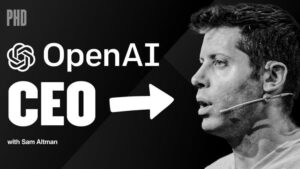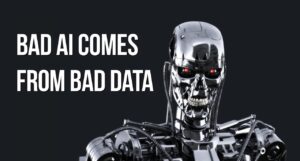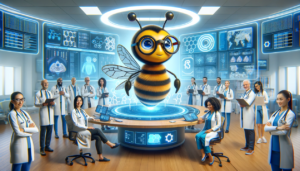OpenAI got the money. The AI Crash has been delayed. Private investors put in $6.5 billion for about 5% of the company.
The successful funding prevented an imminent bankruptcy.
But bankruptcy is coming. These models don’t improve with scale. These costs don’t decline with scale. In so many ways, Huang’s Law turns Moore’s Law on its head, increasing compute costs rather than decreasing them.
Unlike the previous cloud era, Huang’s Law also favors proprietary solutions over open source. That’s the real story behind OpenAI. OpenAI was created as an open source foundation, but it’s now in the process of selling its soul, something all the founders but CEO Sam Altman refused to go along with.
Still, Sam got the money.
 Where he got it from is interesting. Not from Silicon Valley. Lead VC Thrive Capital is based in New York. They’re putting in $400 million, with the chance to put in $1 billion more at the current valuation a year from now.
Where he got it from is interesting. Not from Silicon Valley. Lead VC Thrive Capital is based in New York. They’re putting in $400 million, with the chance to put in $1 billion more at the current valuation a year from now.
Most of the rest comes from what I call “co-conspirators” in the AI boom. Nvidia. Microsoft. Softbank. Softbank alone tossed in $500 million but everyone knows Masayoshi Son is an idiot.
A failure to launch would have killed the value of these outfits. They had to buy in. Smaller stakes came from a collection of the usual suspects including Vivek Khosla, Altimeter Capital, Fidelity, MGX and Tiger Global.
It’s a gold rush where the miners can’t identify what they’re looking for.
Known Unknowns

OpenAI says it’s going to lose $5 billion this year, on revenue of $3.7 billion. Next year, it claims it will bring in $11.6 billion of revenue. Where from?
Maybe from you. Brad Gerstner of Altimeter, a leading AI optimist who bought into this deal, is already talking up an IPO. He pitches it as a way for “every retail investor in America to share in the upside.” This reads like someone looking for an exit.
Meanwhile, the promises of ChatGPT remain just that, promises. Coders are not getting 10x increases to their productivity. That’s because AI can’t do code review. It’s not doing any analysis. It’s just typing faster.

Until what vendors deliver lines up with what customers want, no sale. OpenAI still must fall before AI can rise.
A personal note. I am wrong here because I’m early. I’m always early. I started covering the Internet in 1985 and tried podcasting 10 years ago. I’m used to this, and hope you are, too.
Just because I’m early doesn’t mean I’m going to be wrong. A crash is coming.


 I was wrong
I was wrong







